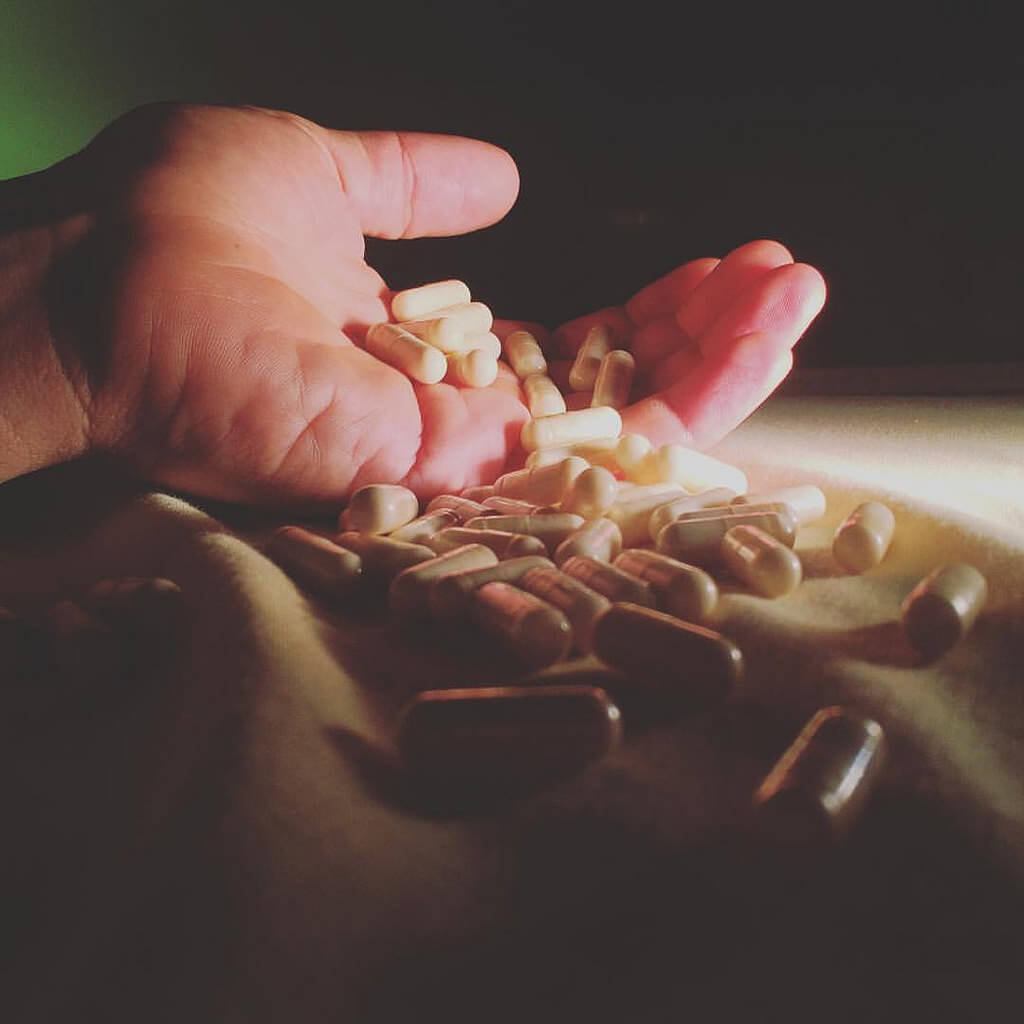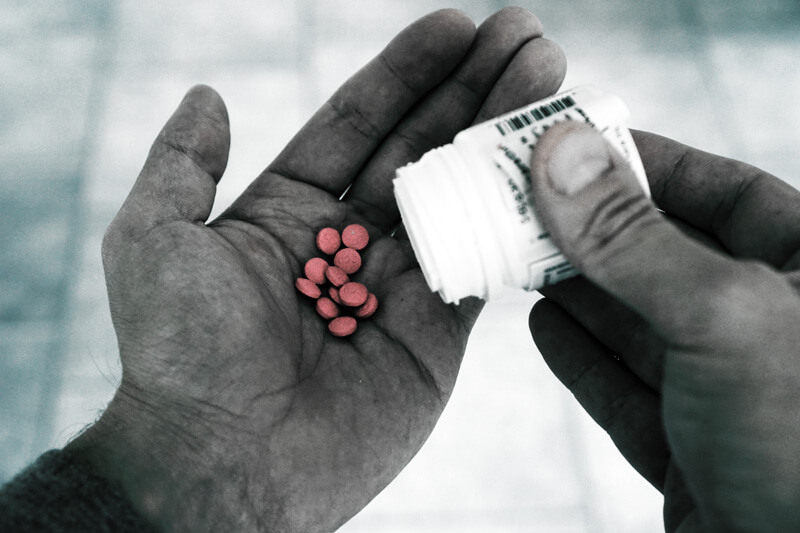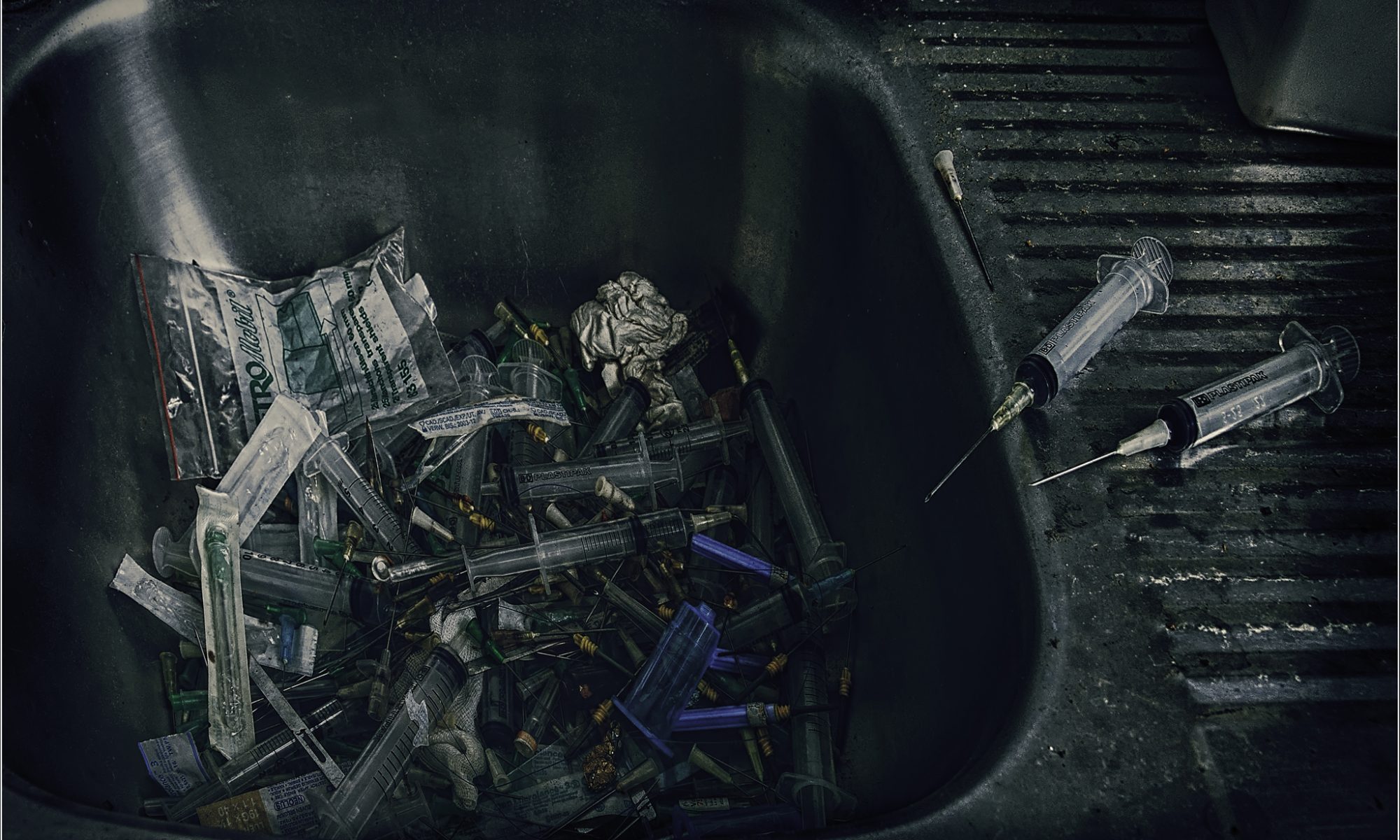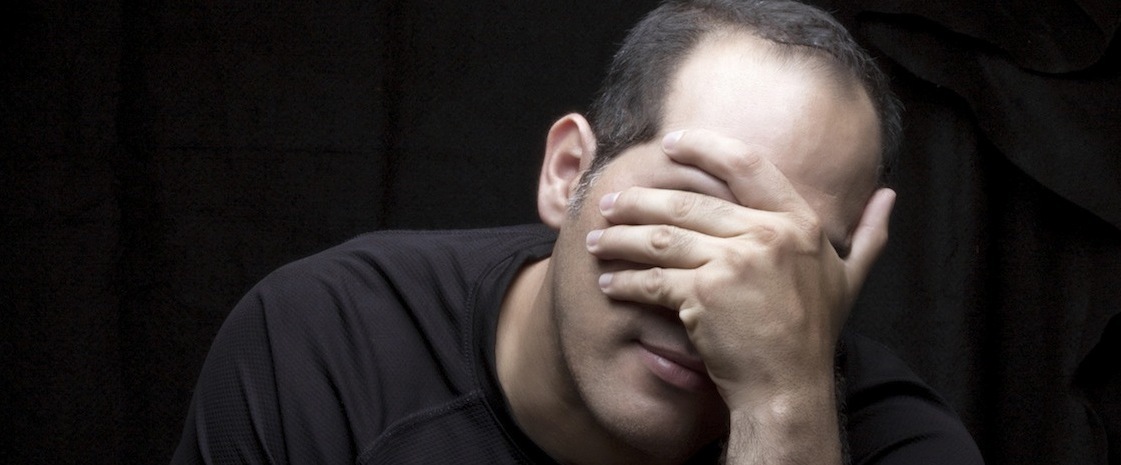When someone you love has a heroin addiction, it can be hard to tell if they are on heroin.
If you are aware of heroin abuse symptoms, then you may be able to save someone’s life.
Although heroin is one of the most addictive drugs available, and no one intends on becoming addicted, people find themselves easily addicted.
Once you become addicted, you may not feel normal without it.
How to Tell if Someone is on Heroin: Signs
Although you might think that you would know if someone is using heroin, it may not be true.
So how can you tell if someone is on heroin?
There are a few signs of Heroin addiction to look for:
- Bloodshot eyes
- Small pupils
- Sudden weight loss
- Secretive behavior
- Dramatic changes in appearance
- Lack of motivation
- Extreme drowsiness
- Financial problems
- Borrowing money
- Track marks
Immediate Placement in Heroin Rehab – Get Help Now
877-651-3366
Dangers of Heroin Addiction: How to Tell if Someone is High on Heroin
Heroin has addictive potential, and there are long-term and short-term effects of using this drug. There are also indirect risks that can be life-threatening.
In general, intravenous heroin users have a higher risk of being infected with viruses. These viruses might include HIV or hepatitis. Other blood-borne illnesses are a risk for those addicted to heroin because heroin users usually share needles. Additionally, risky sexual behavior can lead to high virus rates in heroin users.
Other ways to tell if someone is on heroin include:
- Depression
- Constipation
- Slurred speech
- Paranoia
- Shortness of breath
- Collapsed veins
- Severe itchiness
- Dry mouth
- Nausea and vomiting
It is important to note that the side effects of heroin get worse over time. The longer someone uses heroin, the more the drug ruins the immune system and internal organs. Communicable and non-communicable diseases are common among heroin users, and long-term use may lead to heart, lung, and liver disease.
There is also the chance of a fatal overdose with heroin because it suppresses breathing and heart rates. Even a nonfatal overdose can cause permanent brain damage or coma.
Learn More About Heroin Rehab at Best Rehabs In Arizona Call Today
866-263-1847
How to Tell if Someone is on Heroin: Recognizing Heroin Addiction
Due to it being physically and psychologically addictive, heroin can quickly lead to addiction. Stop addiction before it starts. Eleven signs indicate heroin addiction:
- Taking heroin in larger amounts or over a long period.
- Having the desire to cut down on heroin use or stop use and not being able to stop.
- Spending your time on activities associated with heroin: finding the drug, using it, or recovering from its effects.
- Craving heroin or having a strong desire to use.
- Consistent use that interferes with obligations, these obligations might be at work, school, or home.
- Continued use regardless of how it affects your social life.
- Giving up important activities to use heroin.
- Dangerous situations occur, repeatedly, because of heroin use.
- There is heroin use despite the danger and repercussions on both your physical and mental health.
- Tolerance has grown in two ways. You need more amounts to achieve the desired effect, or there are diminished drug effects when using the same amount.
- There is withdrawal after not using heroin for a short amount of time.
How to Tell if Someone is on Heroin With a Mental Illness
How to tell if someone is high on heroin? They have an increased risk of committing suicide because they have a mental condition, such as bipolar disorder or depression. These mental conditions can exacerbate addiction symptoms and also increase the risk of suicide.
Often there is depression that comes along with withdrawal as well. These feelings might trigger a suicide attempt, and it is important to try to help a heroin addict before this happens.
What is Dual Diagnosis?
When trying to decide how to tell if someone is on heroin, you need to see if they have a dual diagnosis. A dual diagnosis is when you have a mental health problem at the same time as a substance use disorder. When this occurs, it is crucial to treat the mental illness and substance use disorder. If you only treat one of your diagnoses, you will not obtain sobriety long term.
24 Hour Heroin Rehab Hotline – Get Help Now
877-651-3366
How to Tell if Someone is on Heroin and How to Get Them Into Treatment
There are a few ways that you can attempt to get someone you love into treatment.
- Choose a time and place that your loved one feels comfortable. Doing this in front of many people or before they run off to work is not the best time. Try to select a time that gives privacy, enough time to talk and physical comfort to the addicted person.
- Make sure you will be able to remain as calm as possible. Do not try to make the situation seem carefree or pretend that it is not a big deal. Do try to keep an even tone and stay on the topic of addiction.
- Be honest about how their addiction has made you feel, and make sure they understand how it has impacted your life. Often addicts feel that they are only hurting themselves with their addiction.
- Always remember that addiction is a disease.
- Listen to them and see if they are willing to speak about their addiction. If so, this is a good sign. How you decide to react will affect the entire tone of the meeting.
- If possible, find a time when they are sober. But how to tell if someone is on heroin? Look for all the warning signs listed above. If they are sober, it may allow them to process the situation in a more rational headspace.
- If you have attempted to speak to them already, you may want to hold a professional intervention.
Intervention
Because people addicted to heroin are often reluctant to go to treatment, holding an intervention can help. Even if someone is in the early stages of their addiction, an intervention may be helpful. Despite this, they may not see their use as a problem needing treatment. If they have attempted to quit previously without success, an intervention may be the only way to convince them to get help.

Withdrawal
The best way to tell if someone is on heroin is to see if they show withdrawal symptoms. Heroin addiction has a physical dependence. This dependence develops with abuse and can also include a psychological dependency. Physical dependence includes withdrawal symptoms such as restlessness, muscle and bone pain, insomnia, diarrhea, and vomiting.
Free Insurance Verification for Heroin Rehab – Get Help Now
877-651-3366
Learn How to Tell if Someone is on Heroin and Get Help Today
If you or someone you love needs help, contact us to learn about our free insurance verification for treatment.
At Best Rehabs In Arizona, we help you in any heroin addiction stage and help you understand how to tell if someone is on heroin.
Reach out today.


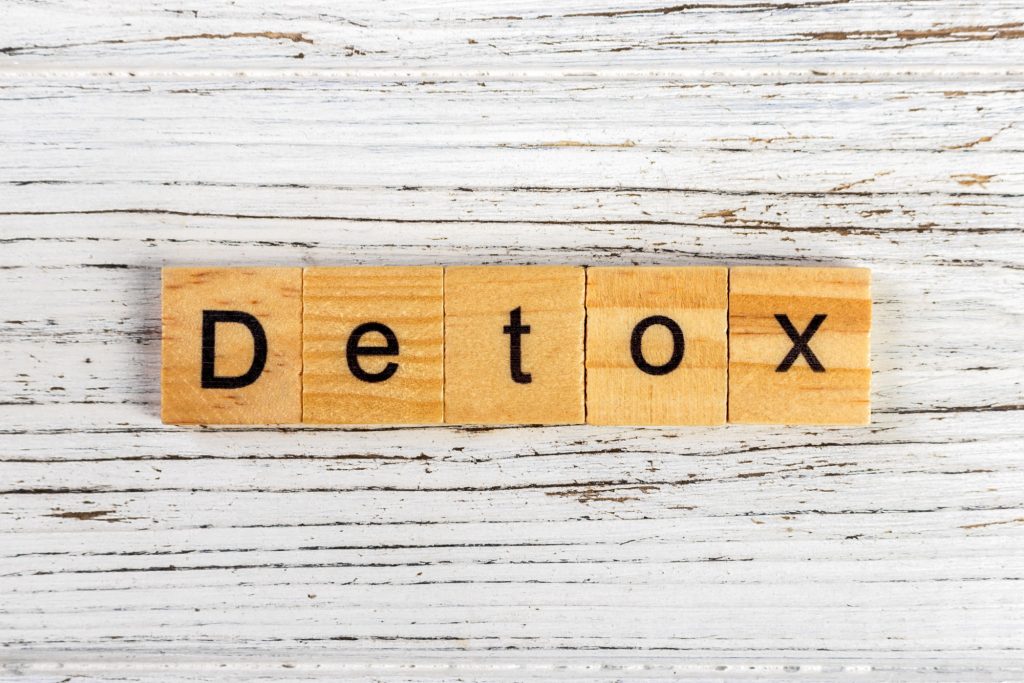


 Within 6 to 12 hours, minor symptoms start to appear. These include muscle aches, excessive yawning, trouble sleeping, headaches, or even a fever. It’s around this time that most common opioid abusers give in and go back to their substance.
Within 6 to 12 hours, minor symptoms start to appear. These include muscle aches, excessive yawning, trouble sleeping, headaches, or even a fever. It’s around this time that most common opioid abusers give in and go back to their substance. Many people don’t realize that drug abuse affects their emotional stability. The effects of consistent drug abuse can numb the natural coping mechanisms we’re supposed to use. When patients quit taking those numbing opioids, they tend to struggle with coping with emotions again.
Many people don’t realize that drug abuse affects their emotional stability. The effects of consistent drug abuse can numb the natural coping mechanisms we’re supposed to use. When patients quit taking those numbing opioids, they tend to struggle with coping with emotions again. That regulation starts with a thorough exercise routine. Don’t worry – you don’t need to become a bodybuilder just to transition away from drug abuse. It is a good idea though, even if just to maintain some level of routine.
That regulation starts with a thorough exercise routine. Don’t worry – you don’t need to become a bodybuilder just to transition away from drug abuse. It is a good idea though, even if just to maintain some level of routine.
 One way to promote overdose prevention is by sharing the common signs of an overdose. Since people rarely die immediately from an overdose, there’s usually time to help save a life by knowing how to respond.
One way to promote overdose prevention is by sharing the common signs of an overdose. Since people rarely die immediately from an overdose, there’s usually time to help save a life by knowing how to respond. If this happens to you, monitor their breathing and keep them awake by walking them around.
If this happens to you, monitor their breathing and keep them awake by walking them around. It’s incredibly important for physicians who prescribe opioids to their patients to carefully monitor the patient for the entire duration of them taking the drugs. Physicians should first ask the patient if there is a history of drug abuse.
It’s incredibly important for physicians who prescribe opioids to their patients to carefully monitor the patient for the entire duration of them taking the drugs. Physicians should first ask the patient if there is a history of drug abuse. All drugs should always be kept in a safe place away from children and animals. If possible, keep your prescription narcotics in a locked space so that other family members aren’t tempted.
All drugs should always be kept in a safe place away from children and animals. If possible, keep your prescription narcotics in a locked space so that other family members aren’t tempted.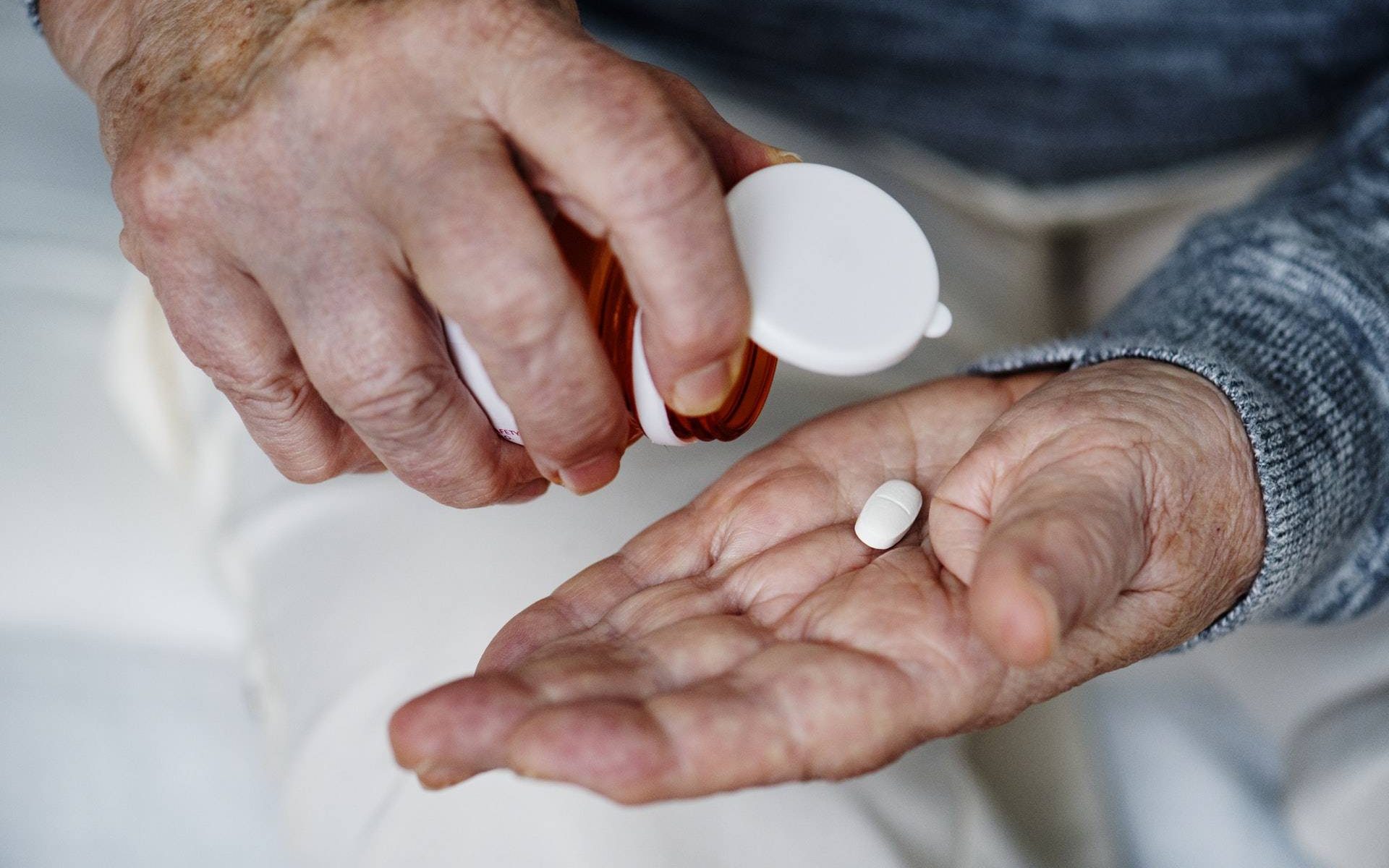
 By the 19th century, Americans used opium to treat a wide range of medical issues. Doctors prescribed morphine to dying patients suffering from cancer.
By the 19th century, Americans used opium to treat a wide range of medical issues. Doctors prescribed morphine to dying patients suffering from cancer.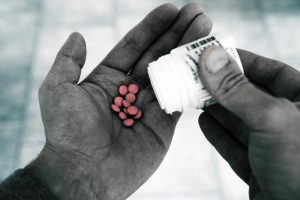 American physicians continued to fight for the right to prescribe opiates. Soon after, the federal government began to recognize the medical value of opiates. By the 1960’s, Hydrocodone, Oxycodone, and other synthetic opiates came into being. Recreational opiate and heroin use skyrocketed during this time. Fears of prescribing opiates arose once again.
American physicians continued to fight for the right to prescribe opiates. Soon after, the federal government began to recognize the medical value of opiates. By the 1960’s, Hydrocodone, Oxycodone, and other synthetic opiates came into being. Recreational opiate and heroin use skyrocketed during this time. Fears of prescribing opiates arose once again. Doctors only receive about 9 hours of education about pain over the course of medical school. To make matters worse, the federal government doesn’t adequately fund pain research. In fact, the National Institutes of Health only spend 1% of its budget ($358 million) per year on pain research.
Doctors only receive about 9 hours of education about pain over the course of medical school. To make matters worse, the federal government doesn’t adequately fund pain research. In fact, the National Institutes of Health only spend 1% of its budget ($358 million) per year on pain research.
